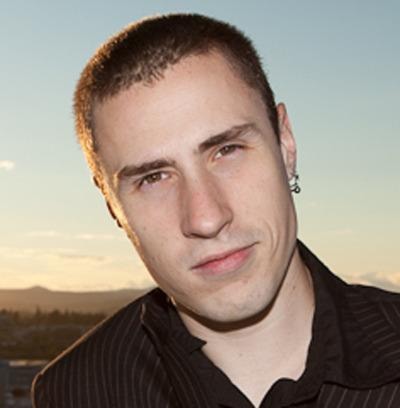This year, the City of Victoria celebrates its 150th anniversary. Not being familiar with all the details of our region’s past, I sat down with local history buff and executive director of the Free Knowledge Project, Marc Pinkoski.
One hundred and seventy years ago, Fort Victoria was established as a way for the British Empire to reinforce its side of a land dispute with the United States. While the discovery of gold in the interior ensured the fort would become a city nearly overnight, the transition was anything but smooth.
“James Yates was one of the City of Victoria’s first councillors,” Pinkoski begins, “and one of the first motions Yates brought forward was to exterminate the indigenous population from the city limits.”
This motion coincides not only with the overt removal of people and their homes, but also — nearly to the day — an outbreak of smallpox that decimated local indigenous populations. “So literally, the founding of Victoria as a city and what we celebrate at this 150th celebration is specifically the removal of indigenous people from the area.”
One hundred and fifty years ago, the HBC drove their frigates through the area and destroyed the Songhees villages, burned homes and decimated populations throughout the southern Island. Victoria’s settlers made it illegal for indigenous peoples to live on their land, systematically destroyed their culture and sought to control every aspect of their lives.
“Really when we look at 150 years for Victoria,” sums up Pinkoski, “what we’re celebrating is genocide.”
The myth perpetuated by the city’s 150-year celebration is that our region’s history began with settlement — that before there were forts, there was nothing. In celebrating the last 150 years of the City of Victoria, we allow ourselves to forget the loss of culture, language, common land and the way of life that grew from it.
“If we ever want to have a reasonable relationship with indigenous people,” says Pinkoski, “we — those of us who are non-indigenous — are going to have to understand that these people have a long history here, much longer than our own.”
As we come to terms with the details of our past, it’s the history buried underneath Victoria — not the flower gardens and Edwardian houses built on top of it — that deserves our attention on the city’s 150th birthday. M
